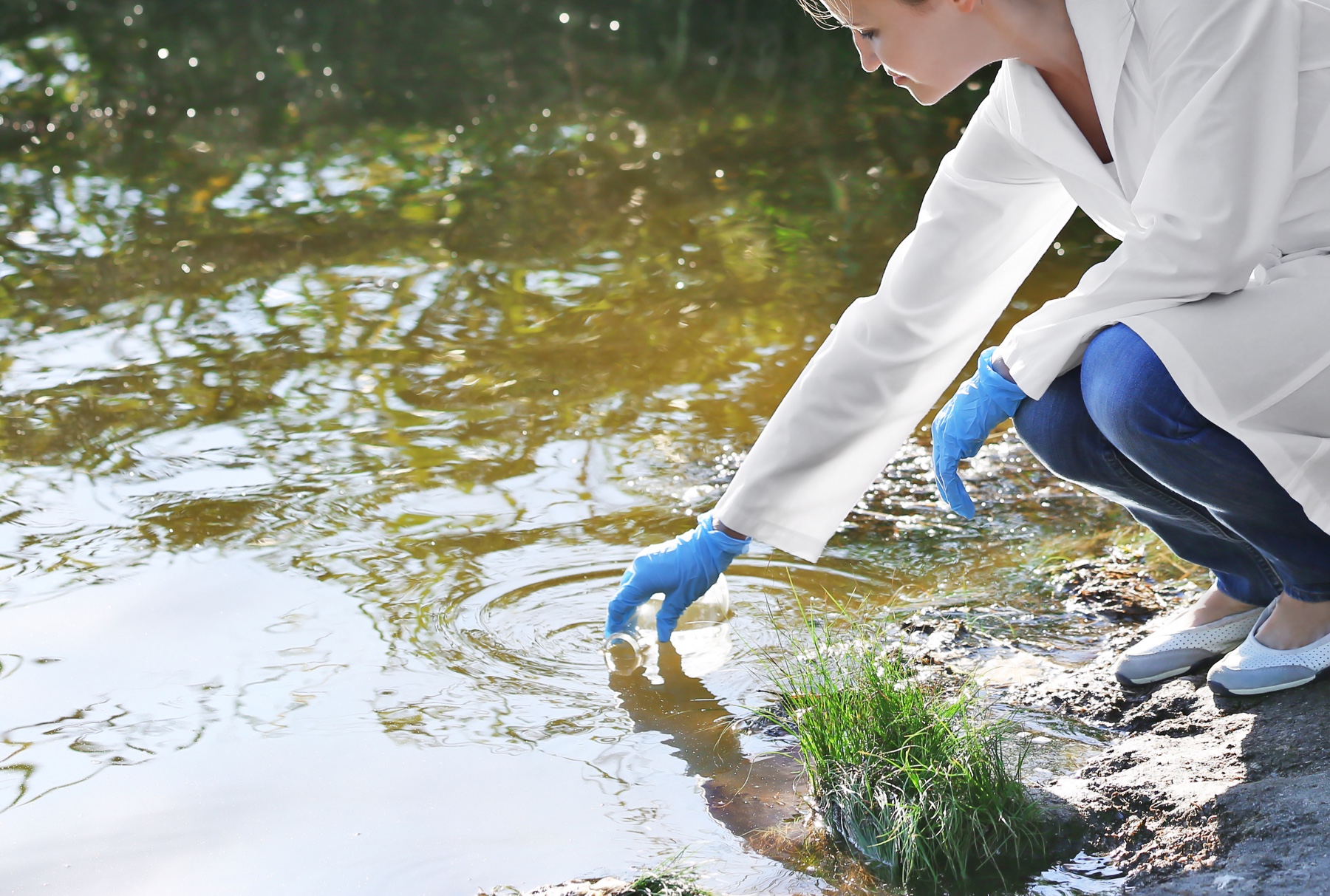Environmental Science Facilities
Our coast, countryside, laboratories and fieldwork sites make Newcastle ideal to study, research and explore our physical environment.
Geoscience laboratory facilities
The Geoscience laboratories is a suite of 30 facilities located throughout the university.
The laboratories are equipped to enable a range of chemical, biological, geological and geoscience research activities. This includes field sampling, sample preparation, analytical chemistry, geochemistry and molecular biology.
Specialist facilities include:
- gas chromatography and gas chromatography-mass spectrometry
- liquid chromatography and high-pressure liquid chromatography-mass spectrometry
- inductively coupled plasma-optical emission spectroscopy
- inductively coupled plasma-mass spectrometry
- thermogravimetric analysis and TGA-MS
- mercury porosimetry
We also have:
- elemental analysis, including total organic carbon analysis
- ion chromatography and atomic absorption spectrometry
- rock eval analysis
- molecular biology suite
- thermal and hydraulic conductivity testing equipment
- large testing frames - 250kN, 1000kN and 5000kN tension/compression loading machines
Great North Museum: Hancock
The Great North Museum: Hancock on the university campus has a wide range of geological collections.
The museum holds the Newcastle University Mineral Collection. This is an irreplaceable resource for the study of mineralogy, particularly where original localities no longer exist.
The collection consists of approximately 9,000 minerals from UK and worldwide localities. It contains some extremely rare and valuable specimens.
The fossil collections contain vertebrate, invertebrate and botanical specimens. The collection of fossil plants is one of the most important within the museum.
Coastal and field locations
Our surrounding region provides fantastic insight to a wide range of earth and environmental science features. This includes:
- the Whin Sill geological ridge
- magnesian limestone cliffs
- mining and other heavy industrial sites providing insight to pollutants
- a wide range of hydrological features including coasts, rivers, and man-made reservoirs
